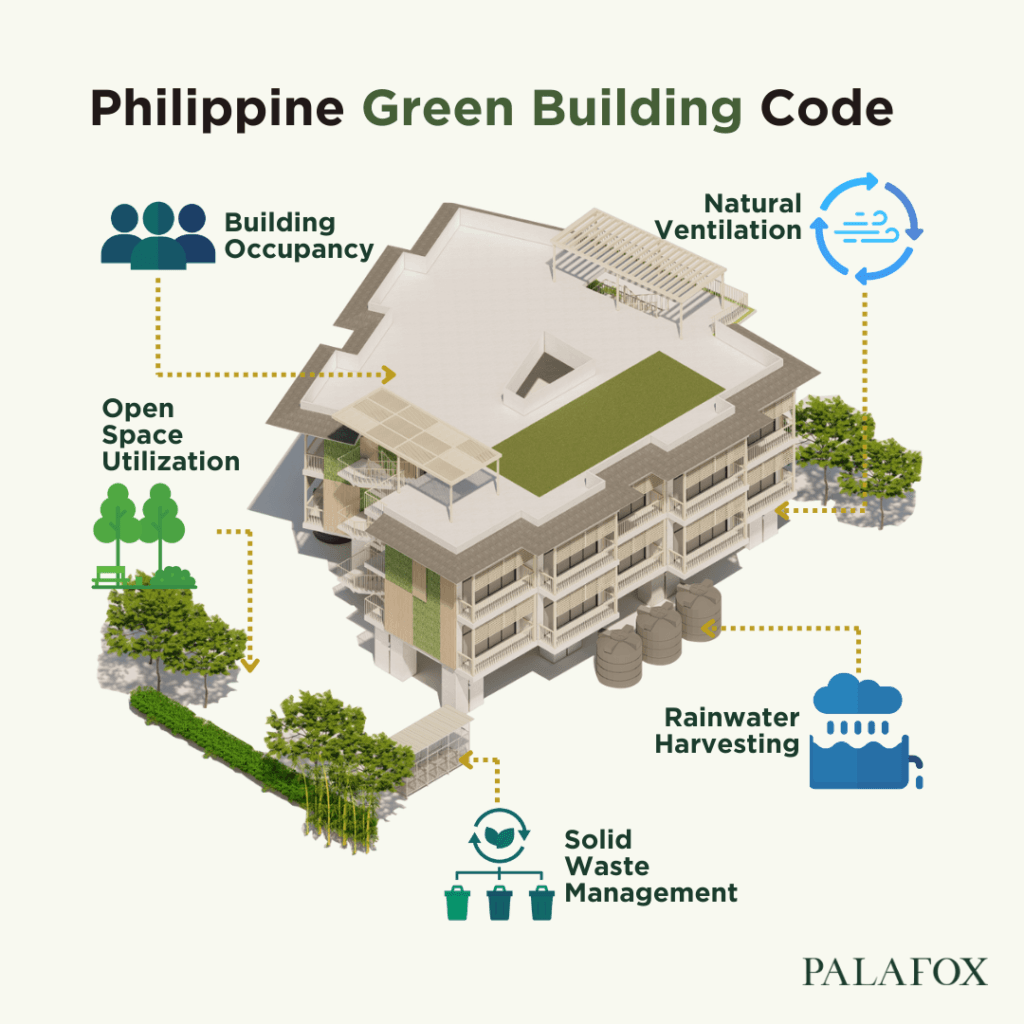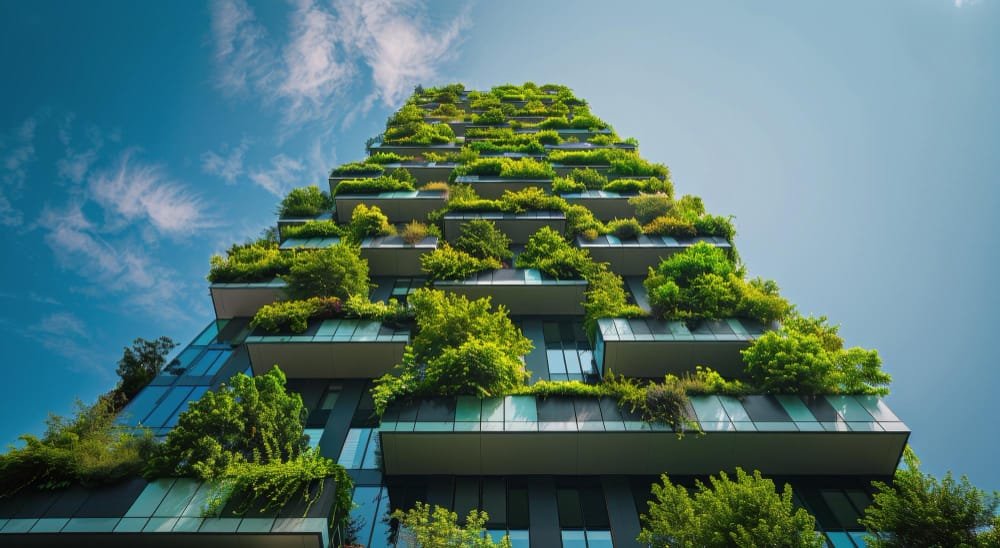In recent years, the Philippines has embraced Philippines Green Building Initiatives, a movement reflecting the country’s growing commitment to sustainability. Urban development across the archipelago is increasingly shaped by eco-friendly construction methods, from material selection to design principles. This is because concerns over environmental impact and resource conservation drive more and more people.

Eco-Friendly Materials for Philippines Green Building Initiatives
One major component of this shift is the use of environment-friendly materials. These materials are not only less harmful to human health and the environment but also offer advantages in energy efficiency. For instance, coco fiber, a natural insulator, helps keep homes cooler, reducing the need for air conditioning and minimizing energy consumption.
Other materials, such as bamboo and nipa leaves, have been used in traditional Filipino architecture for centuries, with houses like the Bahay Kubo and Bahay na Bato serving as early examples of sustainable design. These homes are built with local, renewable resources that are a good example of Philippines Green Building Initiatives.
Green Materials and Practices for Sustainability
Modern architects in the Philippines are reviving these traditions, incorporating sustainable materials like recycled steel and eco-friendly concrete into contemporary projects. Recycled steel, made by repurposing old materials, reduces the demand for new metal extraction, thereby cutting energy consumption and carbon emissions. Eco-friendly concrete, which uses industrial by-products like fly ash, is also becoming popular for its role in reducing the environmental footprint of construction.
The shift towards sustainable practices is not just about materials—it’s a reflection of broader environmental consciousness. Net-zero construction techniques, which aim to reduce carbon emissions and energy consumption, are gaining traction. These buildings utilize renewable energy sources and are designed to have a minimal environmental impact. This approach highlights the growing emphasis on aligning with the Philippine Green Building Code, a regulation that sets standards for energy efficiency, water conservation, and waste management in buildings.
Additionally, the construction sector in the Philippines is increasingly exploring innovative materials like green steel, which is produced with significantly lower carbon emissions. The growing demand for green steel is linked to sustainability-linked bonds, which reward projects with lower environmental impact. This trend is part of a global movement toward reducing the construction industry’s carbon footprint and making cities more resilient to climate change.
Addressing Metro Manila’s Rapid Urban Growth
As urbanization continues to accelerate, particularly in major cities like Metro Manila, Philippines Green Building Initiatives are becoming increasingly critical. Metro Manila, home to over 13 million residents, faces challenges from rapid urban growth and climate-related risks like typhoons and flooding. To address these issues, city planners are integrating sustainability into their strategies. Meanwhile, green building practices offer a potential solution to overcrowded, resource-strained cities.
Government Policies Driving Philippines Green Building Initiatives
Government policies have played a key role in advancing green construction. One notable regulation is the Leadership in Energy and Environmental Design (LEED) certification process, which encourages developers to achieve higher sustainability standards. This, coupled with the Philippine Green Building Code, is steering the construction industry towards more environmentally responsible practices. The Department of Energy’s Guidelines for Energy-Conserving Design of Buildings further emphasize passive design strategies, renewable energy integration, and efficient energy use. This is all help to set a clear roadmap for future development of Philippines Green Building Initiatives.
As the Philippines continues to confront the challenges of rapid urbanization and climate change, green building initiatives will remain essential. By embracing eco-friendly materials, energy-efficient designs, and sustainable policies, the country is paving the way for a future where its cities are not only livable but also resilient.
From the traditional Bahay Kubo to modern skyscrapers certified by LEED, Philippine architecture is showing how innovation and environmental stewardship can coexist. The rise of Philippines Green Building Initiatives is a testament to the nation’s commitment to building a sustainable future, one that honors both its cultural heritage and its responsibility to the planet.

